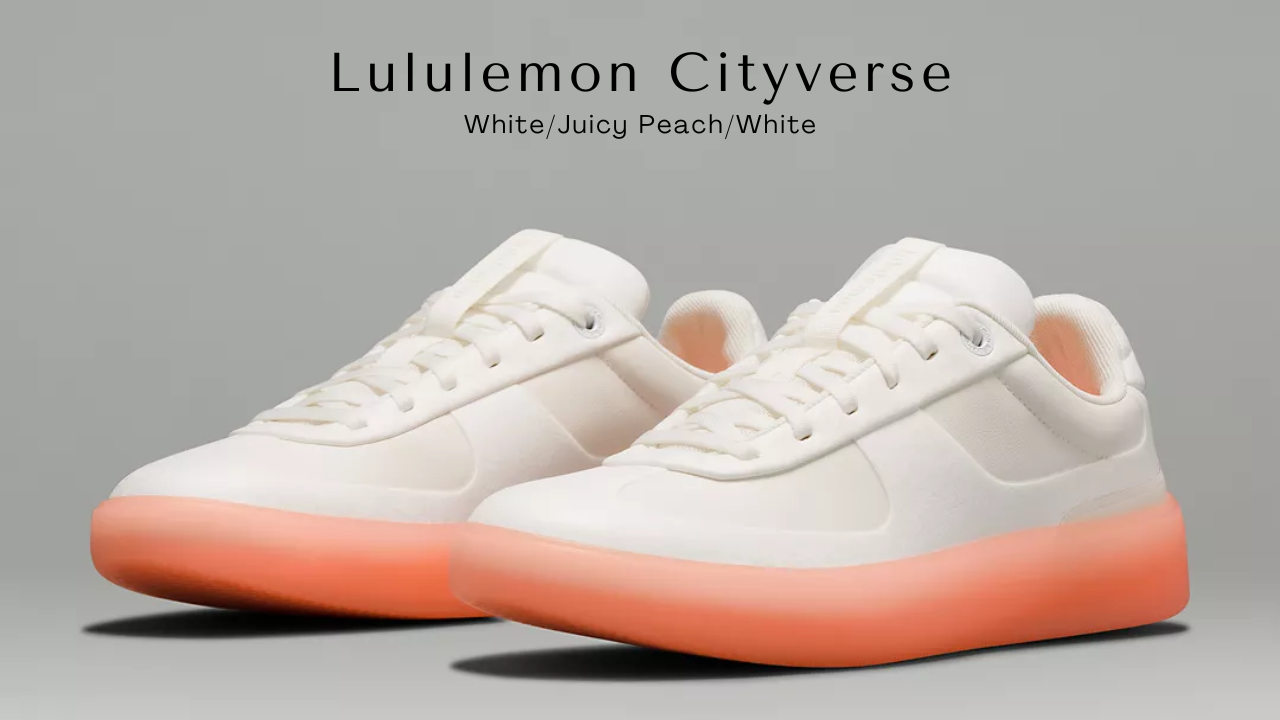![]()
Nike announced today that it has signed its second major wind contract with Avangrid Renewables — this time for 86 megawatts of Texas wind power — positioning the brand to achieve its 2025 target of sourcing 100-percent renewable energy.
Source: Nike Takes Steps Toward 100% Renewable Energy in North America
During Investor’s Day 2017 Nike executives spent the afternoon touting the improvements in digital and their Consumer Direct Offense. The less discussed aspect of how Nike would improve its falling marketshare in North America was sustainability and renewable energy. There was a brief mention in the webcast, but the majority of the information on Nike’s plans to help reduce waste was discussed in the breakaway sessions before the afternoon webcast began.
Here are some of the highlights from Investor’s Day:
Footwear Manufacturing – Digital Printing reduces water consumption and CO2 emissions. Delay color and print materials as late as possible for personalization.
Revolutionary Method of Make created in the APCC. (I discussed this on the site) Making an upper in 30 seconds. (video playing) Another discussion on Flyleather. Rolled good instead of imperfect hide. Reduces material cost.
What Nike did not discuss was their agreement to produce renewable energy. While adidas made products with Parley of the Seas, the amount of products created was not substantial in eliminating the issues with plastic in the oceans. It was a solid marketing point and an important thing to do, but there is a relationship that is happening now with consumers that brands have to be aware of… Brands and their identities have to be aligned with the consumer’s passions. Many consumers are becoming acutely aware of global warming. This more informed consumer doesn’t want a brand that is simply appearing to do “good”, the brand has to “be” doing good.
“This agreement enables us to source 100 percent renewable energy across our owned or operated facilities in North America,” says Hannah Jones, Chief Sustainability Officer and VP of the Innovation Accelerator for Nike. “Investing in renewable energy is good for athletes, the planet and for business.”
This virtual power purchase agreement (PPA) will come to life through the Karankawa Wind Farm near Corpus Christi, Texas, that’s scheduled for completion in mid-2019. Nike’s power purchase commitment of 86 megawatts over the life of the agreement is equivalent to powering more than 400,000 average American households with carbon-free energy or to the emissions reduction of taking nearly 800,000 vehicles off the road for one year.
The obvious benefits to the global society is seen in the amount of energy that will be produced. The benefits to shareholders will be a reduction in factory and manufacturing costs. Those costs will contribute to an improvement in margins. This is very important as Nike is continuing to build infrastructure for CDO and they will also have to update warehousing facilities as the Memphis warehouses are tough places for employees due to old assembly lines. Nike is preparing for an update with tech that has dual use capabilities. Their investment in Grabit could also apply to their assembly lines in warehouses; which is another discussion.
Right now this is a solid contribution by the brand to correct many of the issues they’ve had in manufacturing.
Sources:





